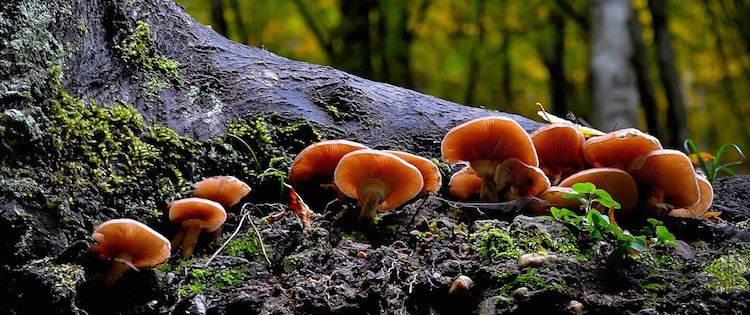About us.

We are five future teacher who want to teach in a different way, who want their students to retain the information and have fun doing it. We are five teachers of the future who will never forget that Technologies are fundamental in all areas and, above all, in education. In this blog you can learn a lot about living things from the five animal kingdoms. You can expand information that you already know and, in addition, use the resources we provide to make learning much easier. We live in a world full of each and every one of them, let's take care of them because otherwise they will disappear and if they do, we will do it with them.














Comentarios
Publicar un comentario